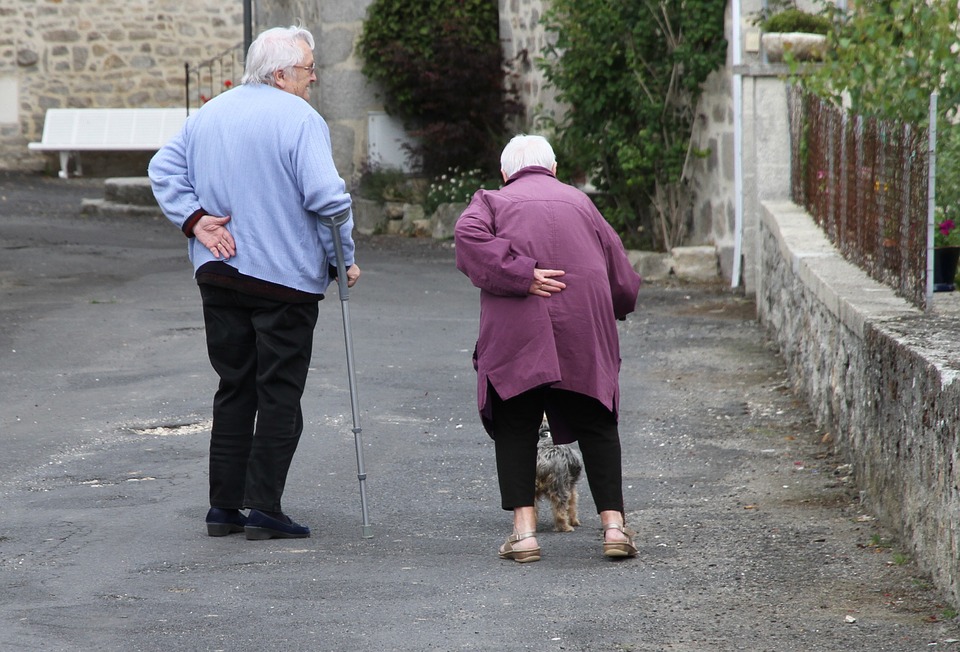
It is mostly with older women that people associate osteoporosis. The signs of the condition typically appear during the retirement years, but this condition actually starts much earlier. It can affect both males and females, but it is most likely to occur in women after menopause, because of the sudden decrease in estrogen, the hormone that normally protects against osteoporosis. “Osteoporosis” literally means “porous bones.” The bones become weaker, increasing the risk of fractures, especially in the hip, spinal vertebrae, and wrist. The disease interrupts the body’s ability to create new bone tissue. Before furthering with our discussion, let us throw some light on assisted living facilities.
If you have senior family members suffering from mobility or memory issues, they would require assisted living care and support for survival. You can ensure for your beloved to live a long and stable life by moving him to an assisted living facility such as the well-acclaimed Anthem Senior Living. It is an award-winning Anthem assisted living facility in the region.
Some of the risk factors for osteoporosis include the following:
Non-modifiable risk factors include:
Age: Risk increases after the mid-30s, and especially after menopause.
Bone structure: Being tall (over 5 feet 7 inches) or slim (weighing under 125 pounds) increases the risk.
Genetic factors: Having a close family member with a diagnosis of hip fracture or osteoporosis makes osteoporosis more likely.
Fracture history: Someone who has previously experienced a fracture during a low-level injury, especially after the age of 50 years, is more likely to receive a diagnosis.
Modifiable risk factors include:
A senior person might not realize they have the disease until they experience a fracture because of lack of warning signs.
Significance of Treatment:
Treatment aims to:
Screening and Treatment– It is advisable for postmenopausal women and men aged 50 and over to have a bone density test to measure bone mass which can help diagnose the problem early, hopefully in time for interventions to slow the progression of bone loss. Another screening method is DEXA scan which is a non-invasive test that allows a radiologist to look inside the body (usually the hips and lower spine) to measure for bone loss. Your physician may recommend lifestyle changes and possibly even medication if bone loss is detected.
The medications for the disease work by slowing bone breakdown. Medications decreases the speed at which existing bones break down. Common osteoporosis medications are Alendronate (Fosamax), Risedronate (Actonel), Ibandronate (Boniva), and Zoledronic acid (Reclast) with some of the newer medications being Denosumab (Prolia, Xgeva), Teriparatide (Forteo) and Abaloparatide (Tymlos).
Women are at greater risk than men in developing osteoporosis.
Hope, this information proves to be useful. Book a suite at Anthem Senior Living and give the best experience to your loved ones.
If you are in the search for a quality assisted living home or adult care home in Anthem Arizona, Anthem Senior Living may be among your favorites, see what others have said about our assisted living home.